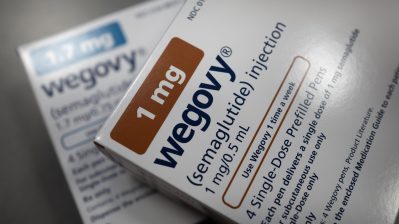Total assets in the retirement market were $15.37 trillion in 2011.
Focusing on employer-provided pensions, the combination of employee contributions and a better market pushed up the assets in corporate defined contribution plans, including 401(k)s. The assets in these retirement savings plans rose by 1.4 percent to $3.7 trillion in 2011, compared to the previous year, according to the 2012 Retirement Market Insights report by the Spectrem Group, a consulting firm specializing in the affluent and retirement markets.

The 2011 figure is 5.8 percent above the asset level of 2007.
The same story doesn’t hold for government-defined benefit pension plans. These are the traditional years-of service and final-wage pensions. These pensions are increasingly rare in the private sector, but defined benefit plans account for 80 percent of total public-sector retirement assets.

Government defined benefit retirement plan assets totaled $2.7 trillion in 2011, up 0.15 percent from 2010 but still down 8.1 percent from 2007’s of $2.9 trillion in assets. “Defined benefit plans, especially those in the public sector, are suffering from negative cash flow as they pay out benefits and see too little money flowing in from cash-strapped state and local governments,” says George H. Walper Jr., president of Spectrem Group.
Public-sector defined contribution plans reached $367 billion in 2011, up 4 percent from 2007.
The financial meltdown, the economic downturn and the turmoil of the past 5 years made apparent what many experts have long known: Too many state and local governments routinely underfunded their pension plans while the future cost of their retirement payout promises swelled.
Reform won’t be easy. Yet lost in the heated rhetoric surrounding public pensions is that the pressure for change offers a real chance at designing a better 401(k)-type pension. Pension experts agree that, unlike the current generation of private-sector 401(k)s, public-sector plans should feature a very limited menu of broad, low-fee investment options; mandatory worker participation; a required employer match; and low-cost inflation-hedged annuity options to guarantee a fixed income in retirement. It’s an approach the private sector may want to eventually emulate.
Yes, public pensions are ripe for reform. But it’s a real opportunity for everyone.
There’s a lot happening in the world. Through it all, Marketplace is here for you.
You rely on Marketplace to break down the world’s events and tell you how it affects you in a fact-based, approachable way. We rely on your financial support to keep making that possible.
Your donation today powers the independent journalism that you rely on. For just $5/month, you can help sustain Marketplace so we can keep reporting on the things that matter to you.


















